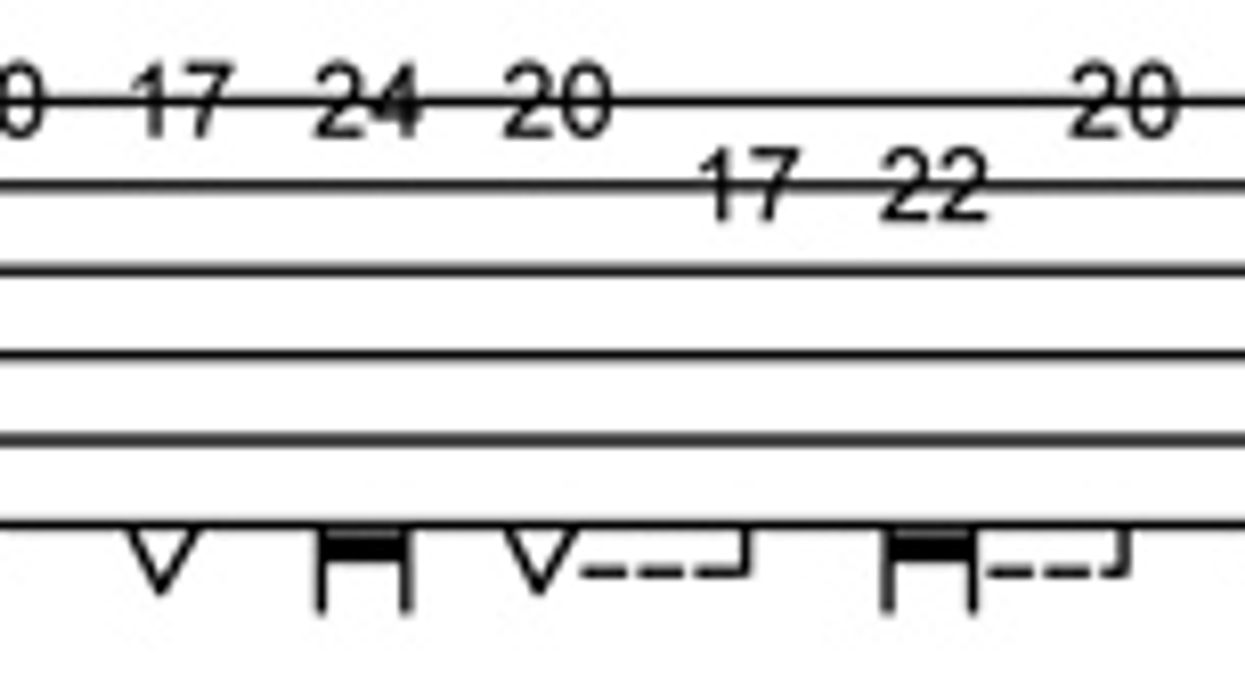Search
Latest Stories
Start your day right!
Get latest updates and insights delivered to your inbox.
economy-picking-alternate-travel-sweep-pattern-hybrid-sweep-right-prior-threenote-minimize-string-pick-direction
Don’t Miss Out
Get the latest updates and insights delivered to your inbox.
Recent
load more
